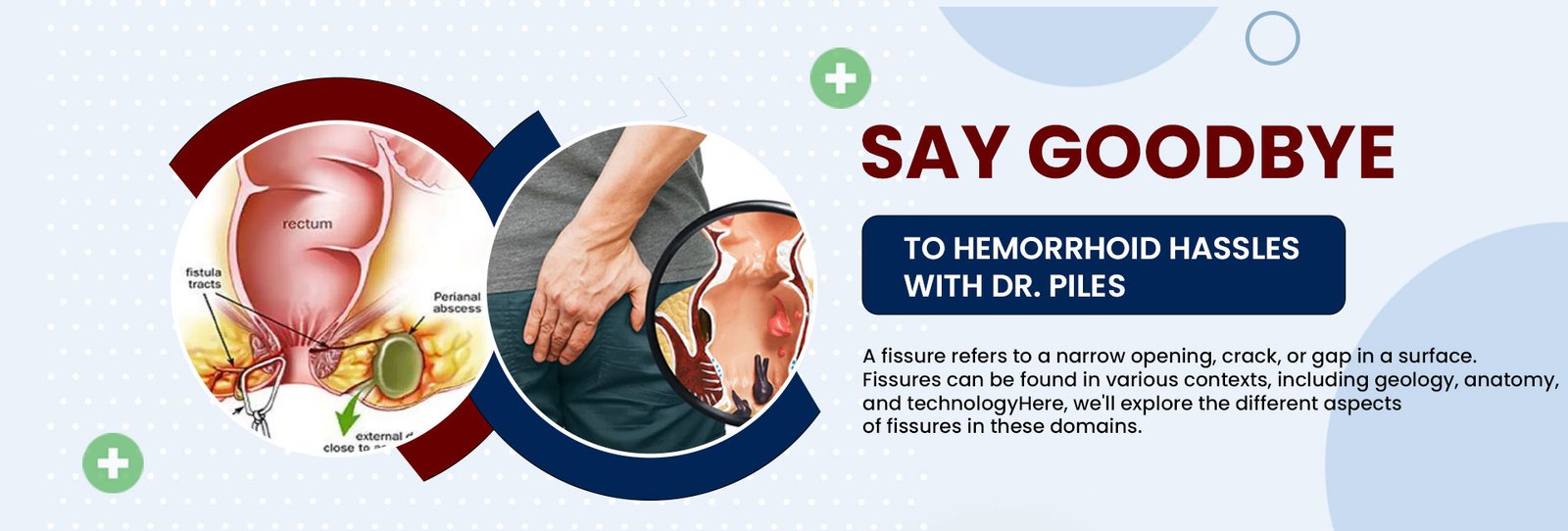

Fissure
A fissure refers to a narrow opening, crack, or gap in a surface. Fissures can be found in various contexts, including geology, anatomy, and technology. Here, we’ll explore the different aspects of fissures in these domains.
In geology, a fissure is a long, narrow crack or opening in the Earth’s crust. These can result from tectonic activity, such as the movement of tectonic plates, volcanic eruptions, or other geological forces. Fissures are often associated with seismic activity and can lead to the formation of valleys, canyons, or new geological features.Fissures can form as a result of stress and pressure within the Earth’s crust, causing rocks to fracture and create openings. Volcanic activity, in particular, can produce fissures through which magma reaches the surface, leading to the creation of lava flows.
The presence of fissures can significantly impact landscapes, creating unique geological formations. For example, the Mid-Atlantic Ridge is a divergent tectonic plate boundary where fissures play a crucial role in the Earth’s crust spreading apart.In medicine, a fissure refers to a tear or crack in bodily tissues, often associated with anatomical structures such as the skin or mucous membranes. One common example is an anal fissure, which occurs in the lining of the anal canal.
Causes Of Fissure
The causes of fissures vary depending on the context in which they occur—whether geological, medical, or technological. Here are explanations for the causes of fissures in each of these domains:
Tectonic Activity: Movement of tectonic plates beneath the Earth’s crust can lead to stress and pressure, resulting in the formation of fissures. These are common along plate boundaries, both convergent and divergent.
Volcanic Activity: During volcanic eruptions, magma from the Earth’s mantle can force its way to the surface, creating fissures in the crust. This process is often associated with the formation of lava flows.
Anal Trauma: Physical trauma to the anal area, such as during childbirth or from aggressive wiping, can lead to the formation of anal fissures.
Constipation: Straining during bowel movements due to constipation can cause tears in the anal lining, resulting in fissures. Hard or large stools can contribute to this condition.
Inflammatory Bowel Diseases: Conditions such as Crohn’s disease or ulcerative colitis can lead to chronic inflammation of the digestive tract, increasing the risk of developing fissures in the anal or rectal area.
Material Stress: In the field of material science, fissures can occur in structures or components due to stress caused by factors such as temperature changes, pressure, or mechanical forces.
Manufacturing Defects: Poor manufacturing processes or the use of substandard materials can result in fissures in electronic components, structural elements, or other products.
Symptoms Of Fissure
Pain during Bowel Movements: One of the primary symptoms of an anal fissure is pain during or after bowel movements. The pain is often described as sharp or burning and may last for some time after the bowel movement.
Bright Red Blood: Anal fissures can cause bleeding, resulting in the presence of bright red blood on toilet paper or in the toilet bowl after a bowel movement.
Itching or Irritation: The area around the anal fissure may become itchy or irritated, leading to discomfort.
Spasms of the Anal Sphincter Muscles: Some individuals may experience spasms of the anal sphincter muscles, which can exacerbate pain and discomfort.
Tenderness or Swelling: The skin around the anal opening may become tender or swollen due to the presence of the fissure.
Difficulty Relaxing the Anal Sphincter: Individuals with anal fissures may find it challenging to relax the anal sphincter muscles, leading to increased discomfort during bowel movements.
Treatment Of Fissure
Operation Treatment
Fissurectomy: In a fissurectomy, the surgeon removes a portion of the anal fissure. This can be done as a standalone procedure or in combination with a sphincterotomy. The goal is to eliminate the fissure and encourage healing.
Advancement Flap Surgery: This procedure involves creating a flap of tissue from the skin near the fissure and advancing it over the area of the fissure. This technique is used to cover the fissure and promote healing.
Fibrin Glue Injection: Fibrin glue can be injected into the base of the anal fissure to seal it and promote healing. This procedure is less invasive than a sphincterotomy and is considered for specific cases
Dermal Grafting: In some cases, a surgeon may use a dermal graft to cover the fissure. This involves taking a small piece of tissue (usually from the patient’s own body) and placing it over the fissure site to facilitate healing.
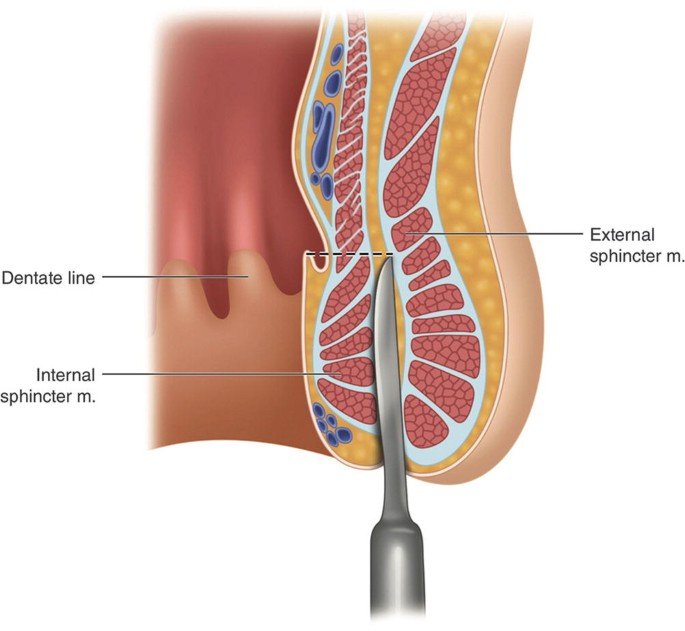
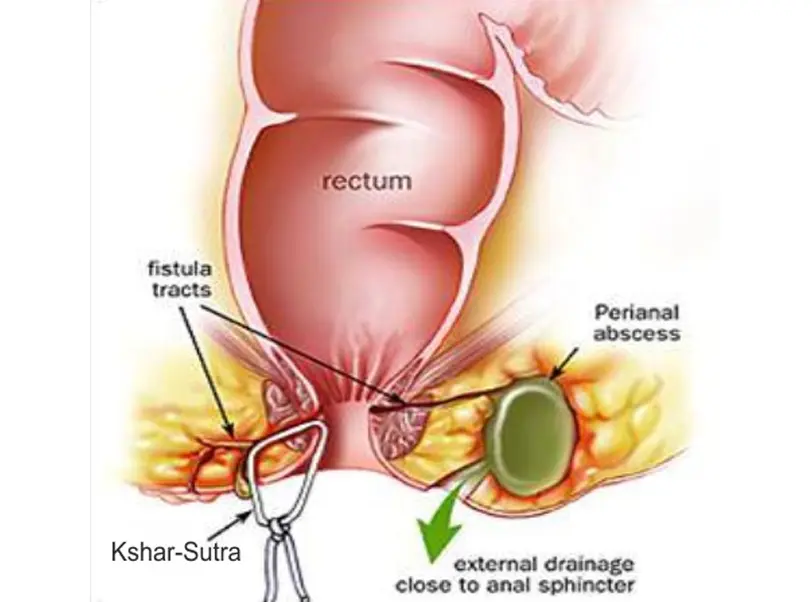
Kshar Sutra Treatment
Local Anesthesia: The patient is usually given local anesthesia to numb the area around the anus, ensuring comfort during the procedure.
Regular Follow-up: The patient typically undergoes regular follow-up sessions where the Kshar Sutra is adjusted or changed as needed. This process continues until the fissure is healed.
Debridement and Cutting: The alkaline properties of the Kshar Sutra help in debriding and cutting the unhealthy tissues of the fissure. This promotes the removal of necrotic tissue and stimulates the healing process.
Other Treatments
Treatment
Treatment Available For
Piles /Fistula/Fissure
Thank you for considering Dr. Piles Clinic for your healthcare needs. We look forward to being your trusted partner on the path to better health and a higher quality of life.
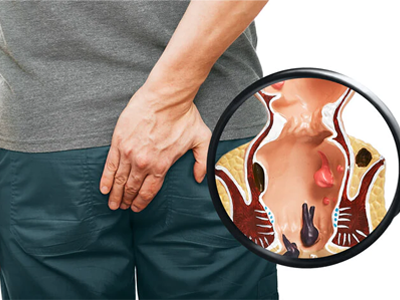
Piles Treatment
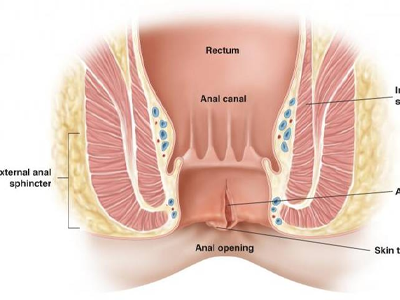
Fistula Treatment

